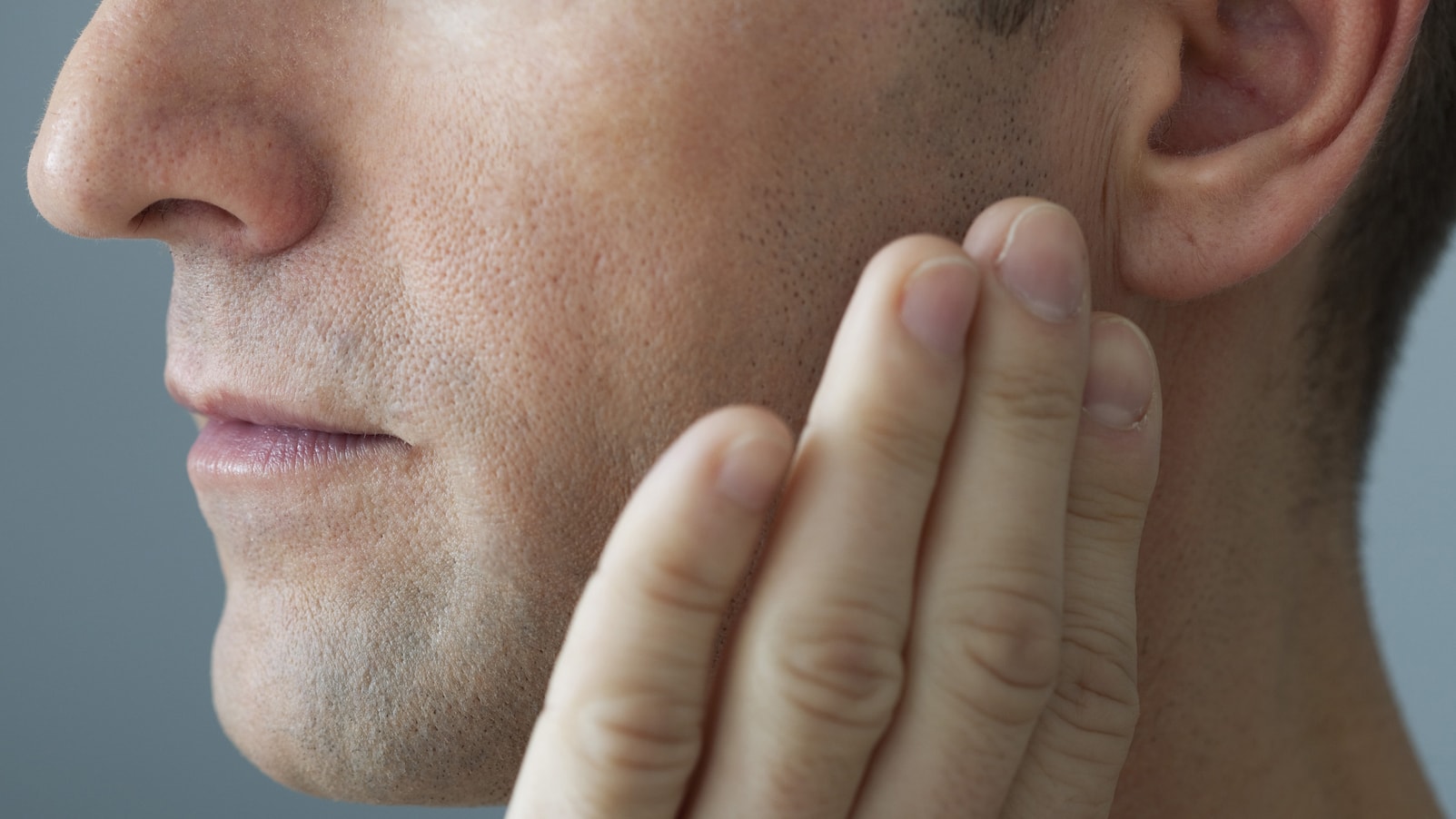

Jaw reduction is performed in order to modify or decrease the size of the jaw as well as create a more feminine taper on those who have a more masculine, square jawline. The surgery permanently narrows the outer portion of the jaw while making it appear more in proportion with the rest of the face. The procedure is popular among individuals whose facial features are impacted by an overly prominent jaw or lower third of the face. Surgeons often reshape the jawline of a person from a “U” shape to a “V” shape.
Patients that are GOOD CANDIDATES for jaw reduction are:
Patients that are NOT GOOD CANDIDATES for jaw reduction include:
The surgeon must consider the chin, the middle jaw and the angle of the jawline in the back when examining a patient.
In general, the surgeon makes an incision inside the mouth so there is no visible scarring. The doctor then burrs, or shaves, the bone in order to reduce the size of the chin as well as lower the projection of the chin. The incision will be closed with stitches.
As mentioned above, there are a number of methods available to effectively reduce the jaw:
The best way to treat a wide and flaring middle portion of the jaw is to make an incision from inside the mouth on the lower sulcus. That is the space between the tooth and the gum tissue surrounding the tooth. With an internal incision, the concern of scarring is negated. From there, the surgeon will access and shave the bone in order to create a tapered look.
For patients with an extremely big jaw, the surgeon may do a procedure which decreases the angle of the jaw. The mandible angle is the lower border of the jaw where it begins to move in an upward direction. With this method, the surgeon completely cuts the mandible angle out to create a more tapered appearance to the jaw.
The jaw has soft tissue components including the masseter muscle which is the muscle that encompasses the jaw. This muscle can be bulky and it is used for chewing as well as helping to close the jaw. The masseter muscle can be injected with Botox to paralyze the muscle and create a softer appearance to the jaw.
Another option is to do liposuction under the chin. This is only an option if the patient has a lot of fat in that area which can be removed. CoolSculpting is a form of liposuction used to reduce soft tissue in the chin area and it can also be used to create a thinner jaw.
An alternative method of jaw reduction is known as an osteotomy. This method involves the bone being cut, reshaped, resized and held in place with plates and screws.
In addition, jaw reduction surgery can be performed at the same time as chin reduction in patients that have chins that are extremely wide or long to help create a more balanced facial appearance.
The cost of jaw reduction depends on the method used to perform the surgery, the extent of the work, the geographic location of the procedure and any fees charged by the doctor or facility. In general, the cost is $5500-$8500.
Jaw reduction via surgical methods has a necessary RECOVERY period. The jaw will be very swollen for about a week. The doctor will wrap some surgical dressings around the swollen jaw area to help with the healing process. Patients need to keep their heads elevated during the recovery period. The stitches used to close an incision will dissolve on their own.
Thanks to the large amount of swelling during the first week, patients can expect to experience some DOWNTIME for work and social activities. Most patients can return to work the second week after the surgery. It takes about 5-6 weeks before they are allowed to resume all normal activities including going to the gym.
It takes approximately 6 to 8 weeks before the patient can begin to appreciate the results from the surgery. The final results will not be apparent until 6 to 9 months after the reduction procedure.
With Botox injections, the patient starts to see the results in about one week. The results will be mild but a slight decrease in fullness will be noticeable. Since Botox is only a temporary solution, the treatment will need to be repeated to maintain the results.
With liposuction, the patient will see some immediate results. However, swelling will obscure the results shortly after the procedure. For the first couple of weeks, the patient will look swollen and puffy. Swelling usually resolves approximately one month later and the jaw will appear thinner. Jaw reduction via liposuction can take about 3 months before the patient sees the final results.
Limitations of jaw reduction include:
Jaw reduction is an effective way to reduce the jaw and gain a better facial proportion. Plus, the surgical method is a permanent solution while noninvasive methods are temporary. Botox treatments must be continued in order to maintain the results and there is always the potential to put on more fat with weight gain after liposuction. Patients should weigh their options when considering jaw reduction and consult with a board-certified doctor to determine which method is their best choice to achieve the desired results.
Written by Cosmetic Town Editorial Team -SP
Based on an exclusive interview with Thomas Satterwhite, MD in San Francisco, CA